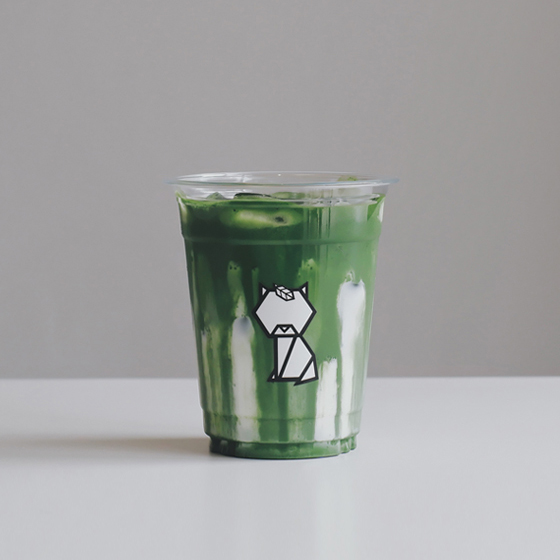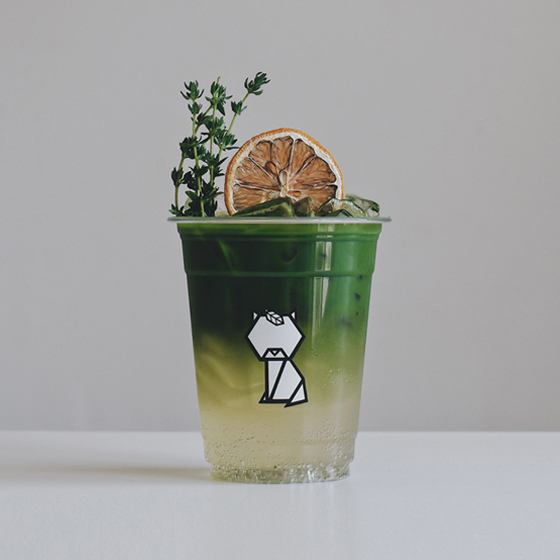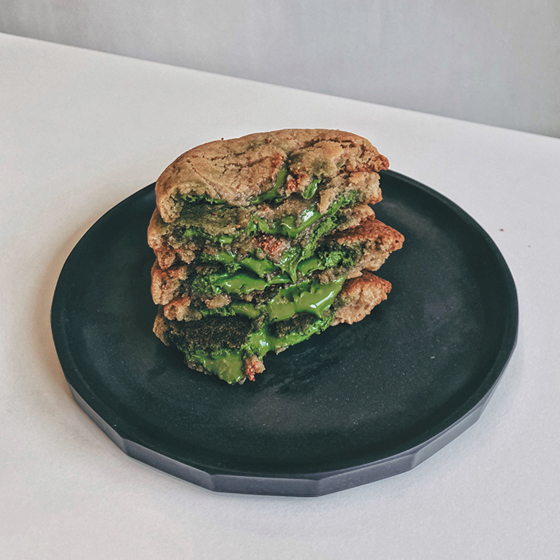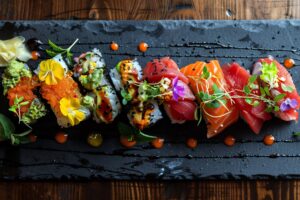From F&B to health and wellness to beauty, is there anything the matcha cannot do right now?

The Japanese matcha is having a moment right now.
Far removed from its roots of elaborate preparation in hours-long tea ceremonies in Japan before being served and sipped from painstakingly hand-painted matcha bowls, one can now pick it up as a frappe latte from Starbucks or dig into it in indulgent desserts from crepes and cakes to mousse bars and soft serve ice cream. It is a staple sighting on the Instagram feeds of health and wellness influencers as much as they are on cocktail menus in the trendiest bars of the city.
“Matcha is one of the most flexible and versatile ingredients that can be used in almost anything just like chocolate,” tells Syun Hattori, co-founder of Niko Neko Matcha. “It’s gotten very popular worldwide in the past few years due to F&B giants like Starbucks, McDonald’s, Dunkin Donuts and more that adopted the matcha flavour into their product range.”
To understand how and why it blew up so big and so fast, we have to first, like all things, understand its roots.

Matcha vs green tea
The Japanese matcha is not interchangeable with green tea on a general scope.
“By definition, green tea is unfermented tea,” tells Syun. It retains its green colour by being air-steamed or lightly roasted to stop the oxidation process (which turns it brown).
“Matcha, on the other hand, is green tea leaves that have been ground or milled into extremely fine powder,” he contrasts. “Matcha is one of the many types of green tea and green tea is a general category of tea.”
Broken down, ‘ma’ means ‘powder’ and ‘cha’ means tea. Aside from tea leaf form, the resultant brews of matcha and green tea also sets them apart. Matcha is a tea made from the suspension of the ground tea leaves as opposed the brewing of its leaves. Let it sit for a while and it will separate unlike brewed or steeped teas.
It is said that it is the monk Eisai, the founder of the zen philosophy in Japan, who first planted a number of tea crops in 1191 inside a temple in Kyoto. Upon harvesting and drying as is the typical procedure, he took it one step further to crush the tea leaves before consuming them as part of his zen practice. Such is also why matcha is associated with Zen practice to this day.
Matcha is usually made in two forms: usucha and koicha. Usucha (which means ‘thin tea’) is what is typically served in restaurants and cafes, in which matcha powder is sifted and whisked with hot water with a bamboo whisk called chasen until frothy. Koicha (literally ‘thick tea’) is the one prepared during traditional tea ceremonies using the highest quality matcha powder. It has half the amount of water, twice the amount of matcha powder than usucha, and instead of vigorous whisking, is gently kneaded for a very thick tea, almost the texture of fresh paint.

From F&B to health and wellness to beauty
Believe it or not, matcha only arrived in European cafes less than five years ago. A big part of matcha’s versatility which led to its wildfire adoption across F&B thereafter lies in its flavour profile that is all at once complex, rich, aromatic and astringent, yet without fail leaves a lingering sweetness in the mouth at the end of every sip. Its naturally sweet, grassy notes make it particularly easy to incorporate into food and drink across a wide range of creations. It can be whipped onto lattes as well as it is dusted atop savoury dishes.
It caught on fast in the United States and beyond after that driven also by the rapid growth of the health and fitness culture that latched on to matcha’s many health benefits from improved concentration to easier relaxation. Syun explains that its high amounts of L-theanine compound keeps anxiety at bay. When it comes to keeping you alert, matcha is also more effective than coffee because it releases its caffeine slower due to large catechin molecules that binds to caffeine so your body takes longer to break it down.
Then comes the Holy Grail of all health foods – weight loss – and matcha delivers on this as well. It boosts metabolism like nothing else does with its high amounts of EGCG antioxidants, accelerating fat-burning during workouts and preventing fat absorption during food consumption to help regulate, if not, shed weight effectively and naturally.
Matcha even holds a candle in the beauty department by slowing down the signs of ageing with its high levels of antioxidants.
Is there anything the matcha cannot do?
Learn more about Niko Neko offerings at the official website here.
(Photos: Niko Neko Matcha)










